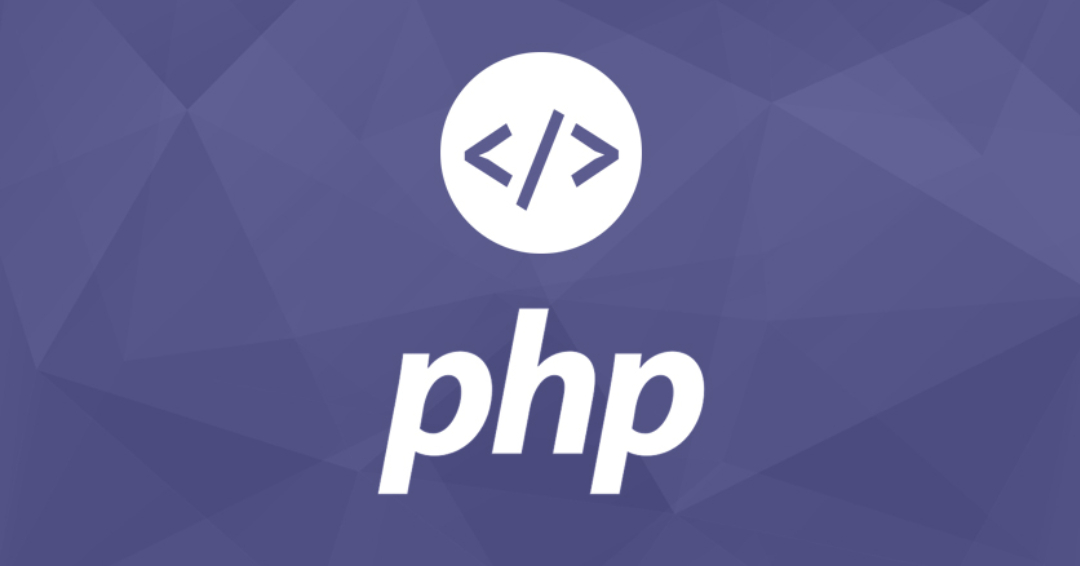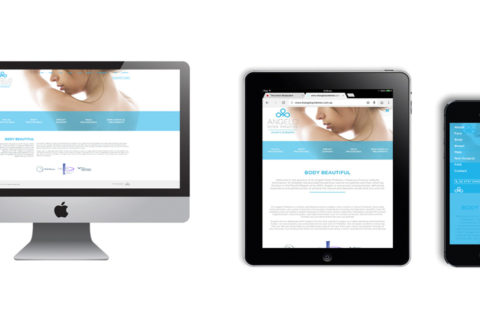Overview
Sometimes it’s always boring to write PHP code. Since PHP involves scratch coding for every single feature in several circumstances, that makes the developers a bit disturbing and is a time-consuming operation. In order to make this easier, optimized PHP libraries have been released on the market to reduce developer load during project coding efficiently. Multiple development functions are conveniently configured in the project with these libraries. This allows developers to concentrate more on other complex tasks.
Top PHP Libraries
PChart:
PChart is a PHP library that helps produce text data in the form of something that makes your eyes more attractive, and we call them as visual charts. We use this library to show data as bar charts, pie charts, and much more. The PHP script uses SQL queries in order to place data into impressive diagrams, charts, or graphs. Moreover, PChart provides a coding syntax for objects and is fully compliant with the latest web standards that allow you to improve your web2.0 applications.
Key features:
- For any basic object, PChart supports native anti-aliasing: line, curve, cube, box, circle, polygon. An optimized variant of the first PChart version is the anti-aliable algorithm.
- Shadow support can be enabled or disabled, shade color, object distance, and openness factor can be described. The internal anti-alias algorithm draws shadows.
- In all primitive drawing functions, they offer alpha transparency. You will produce unique visual effects. Alpha transparency will not slow down your image rendering as we calculate them directly from the GD binaries.
- Although, PChart will calculate spline track based on a 2D space list of points.
Mink:
Mink is also popular in the library list of PHP. It lets you keep an eye on whether there is a good connection between your web applications and your browser. In order to remove the API discrepancies between browser emulators of both types, Mink offers you authentic tests. They also support PHPUnit, Behat, and Symfony2.
Key features:
- Mink is a library PHP 5.3 which you use inside or project your testing suites. Make sure you have PHP 5.3.1 at least installed before you start.
- In Mink, the browser entry point is the session. Through the Session::getPage process, they allow you to access a page. You can thus cross the page, control, and communicate with the elements of the page.
- The most benefit of Mink is to work with your browser’s open tab. The powerful Element API makes it possible. You can communicate with pages in the Mink Element API.
- The Behat\Mink\Driver\DriverInterface is a basic class of a Mink driver. This interface explains the way of connection between the Mink and actual browser emulators.
- While the session object is enough easy to use but writing Multisession Code is not easy. With Mink, a single, consistent API can simultaneously manipulate multiple browser emulators.
Monolog:
Monolog is a library to stores logs in a given place by sending them to set directories, sockets, inboxes, databases, or other Web services. Using the PSR-3 interface helps you to type logs against libraries that ensure maximum interoperability. Monolog is a popular library for PHP logging. They allow to send the logs to servers, sockets, inboxes, databases, and different web services. They also implement the PSR-3-interface.
Key features:
- We can write the log messages to the terminal.
- The Background Monolog table allows to add the user-level information to the message documents.
- The stack can be supplied with many handlers. The last handler will be executing first.
- With the pushProcessor(), we can attach a custom processor.
- JsonFormatter creates JSON format records.
- LineFormatter formats a log record in a single-line string.
- With SwiftMailerHandler, emails can also be sent.
Hoa:
We know that Hoa establishes a connection between research and industry through this scalable, extendable, and organized collection of PHP libraries. It recommends paradigms, processes, and algorithms that are important to construct site reliability. Moreover, for optimal PHP development, many PHP developers worldwide use Hoa.
Key features:
- It is a PHP library package that’s modular, extensible, and moreover organized. Also, Hoa strives to be a bridge between the worlds of industry and research.
- They support two specifications RFC6455 and Hybi, at the same time.
- The library Hoa\Websocket allows manipulating the WebSocket pro.
Guzzle:
Guzzle is an HTTP client library that allows you to submit HTTP applications in combination with web services. It offers a simple interface that enables query string creation, POST requests, HTTP cookies, and also many more. Also, you can send synchronous and asynchronous queries through a similar interface with Guzzle.
Key features:
- They create a client and make a request.
- Guzzle will make HTTP requests for your request. Guzzle can request HTTP on any system to submit HTTP responses, whether Twitter, Facebook, or Reddit APIs, or publicly available websites.
Ratchet:
If you need to build two-way, real-time applications through WebSockets between clients and servers, Ratchet is the PHP library you need to do. It is a quick, simple, and also easy job to create event-driven apps with Ratchet.
Key features:
- Ratchet offers you many components for choosing and adding features quickly.
- Ratchet is entirely compliant with PSR-4, so it works well with others.
- They carry out all WebSocket checks to ensure that Ratchet works with all supported browsers.
Geocoder:
Geocoder is a library for the development of geo-conscious applications. There is an abstraction layer with Geocoder that supports geocoding. It is further divided into two sections, called HttpAdapter and Provider.
Key features:
- Geocoder is a PHP library to help you build geocoding applications with a robust abstraction layer.
- Geocoder supports a large variety of third-party platforms and provides an interface that is reliable and interchangeable with your projects.
- They moreover have an excellent integration system for your project to incorporate.
ImageWorkshop:
ImageWorkshop is a library that allows you to work with layer image manipulation. It is possible to crop, rotate, add watermarks, create thumbnails, and more. Moreover, we can enhance the photos on the pages.
Key features:
- The GD library Open Source Workshop is a PHP Image Workshop for managing images with PHP.
- We need PHP version 5.3+, and they are like software for photo editing (Photoshop, GIMP, etc.)
phpThumb:
phpThumb is a library which is specialized in working with minimal coding thumbnails. It allows you a great deal, from rotating or cropping to watermarking or defining image quality, by accepting each source type and image format.
Key features:
- ‘phpThumb()’ is a flexible thumbnail generator.
- The basic features of phpThumb function, even if the server does not have GD support, provided ImageMagick is installed.
- It can be used to retrieve or use EXIF thumbnails for broad sources of support and also support GIF reading with or without GD support.
Parody:
We know that this basic library, Parody, is mainly to copy classes and objects. It also gives results for method calls, property acquisition, object instantiation, and more. Parody uses sequential method chaining to create class structures.
Key features:
- Parody is one of the simplest available PHP libraries that define the class structure.
- They speed up activity and helps to get properties and to mount artifacts.
Imagine:
We use this object-oriented PHP library for manipulating images. Instantly and reasonably well with Imagine, frequently taken operations such as resized, cut, and applied filters are carried out. Imagine provides you with a color class that shapes the RGB values of any color. Draw shapes or forms such as arc, ellipse, row, etc., with available features.
Key features:
- Imagine is an OOP Library designed with the most recent best practice and careful design to manipulate images in PHP 5.3
- They make unit-testable and disconnected code.
- Imagine offers one single line method for the solution of these tasks instead of rewriting the same code to create a thumbnail, crop, rotate, resize, flip, or even make a composite image.
PhpFastCache:
PhpFastCache is a free-source, caching-friendly PHP library. It can be integrated as a single file within minutes. PhpFastCache supports caching methods like apc, memcache, memcached, pdo, and also mpdo.
Key features:
- PhpFastCache is a library that makes caching in your PHP applications easier to implement
- This is a user-friendly yet versatile library with several APIs.
- The library of PhpFastCache also offers a mechanism to react to pre-defined events.
Bottom Line
In more than 80 percent of global web applications, PHP is a potent backend language. The above mentioned are just some top PHP libraries. PHP is one of the leading programming languages as they use a software structure that is readily understood and web-friendly for developers.
If you find this blog interesting, then check out our rest blogs too. We also offer PHP technology for your website. You can browse our website and know us more. Please feel free to contact us for any queries.




